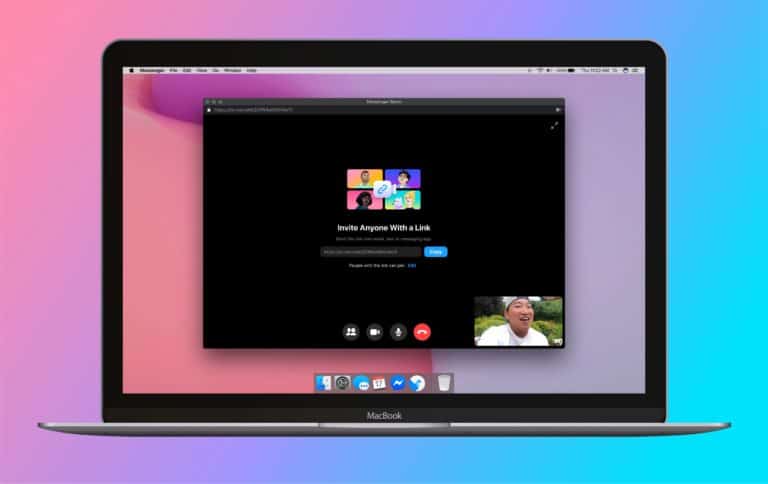Facebook announced its new video conferencing tool called Messenger Rooms. With the move to videoconferencing, the company hopes to attract more users to Facebook at a time when people are using other tools such as Zoom and Microsoft Teams a lot.
Messenger Rooms supports video calls up to 50 participants. There is no call duration limit, unlike the free version of Zoom where video calls are limited up to forty minutes. Hosts can make a meeting public or only invite specific people. By offering possibilities for video conferencing, Facebook hopes to encourage its users to log in more often during this corona crisis.
Features within Messenger Rooms
Within Messenger Rooms, there are many features to improve the user experience during video calling. Messengers Rooms has virtual backgrounds, augmented reality facial filters, and a ‘mood lighting’ setting to illuminate video calls in a dark room. The face filters were initially introduced on Instagram. With this added functionality, Facebook wants to emphasise the cross-platform use of the tool.
In addition to the new Messenger Rooms, other Facebook products also include new video functions to meet the demand for functional video calling. The maximum number of people who can participate in a WhatsApp video call has doubled to eight. Instagram users can now also watch live broadcasts on their desktop, and the camera from the Portal smart display can now be used to stream live video to Facebook pages and Facebook groups.
Messenger Rooms will initially only be available through Facebook itself. It is expected that the tool will be available via Instagram Direct and Whatsapp in the near future.
Competitors of Messenger Rooms
Facebook’s new tool is part of a strategy to give users a more intimate way to communicate with each other. Mark Zuckerburg compared Messenger Rooms to a digital living room. The company is still in the process of adding and expanding new functions.
This cannot be said of Facebook’s biggest competitor, Zoom. The popular Zoom has previously indicated to stop developing new functions for ninety days to focus on improving the security of the tool. The tool has reached 300 million daily users. Unfortunately, this is accompanied by a vast list of security and privacy issues.
Read our comparison: Microsoft Teams vs Zoom vs Google Meet vs Webex Meetings vs BlueJeans
